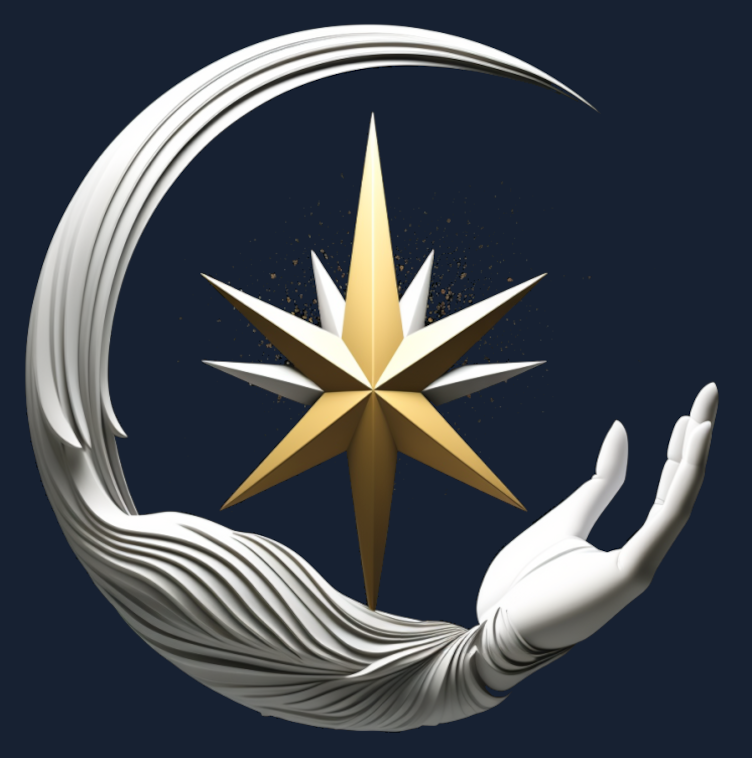Starholder is a worldbuilding project in search of its founding text. It is an exploration of networked media and the new forms it enables. We start with the word. It acts as the founding source code from which everything else is rendered upon.
Background
The conceit behind Starholder is that in 1999, rampant techno-anxiety triggered by the Y2K bug results in a new timeline emerging. The Starholder Timeline barely diverges from our reality at first, but as time goes on, things get weirder, and the drift accelerates until this new world is almost unrecognizable as originating from our own.
There are laws, physics and lore behind the origin and operation of the Timeline. You can find that on the Timeline Properties page. What one needs to know is that the timeline acts as a buffer system in which the unbearable and destabilizing excesses of late capitalism and techno-accelerationsim are shunted off into Starholder to keep our reality from crashing. This new world is disposable, and its purpose is to take in all the trash that would destroy ours.
These butterfly effects compound, pushing divergence further as each new one is overlaid on the last. As a consequence, the Starholder Timeline lives the future faster, harder and is forced to confront events that reorient humankind on a far too frequent basis. Chaos abounds, but naïve techno optimism drives its inhabitants because bleak dystopias are played out and boring.
Structure
The Timeline covers one hundred years of imagined history, from 1999 to 2099 broken into periods. Each is an exploration of a technological package and its effect on society & culture.
- The End Of History (1999 – 2016)
- Networked Life Intensifies (2017 – 2033)
- The Great Disruption (2034 – 2049)
- Headlong Into The Hyperreal (2050 – 2069)
- The Second Moon Event (2070-2079)
- The Impending Collapse (2080 – 2099)
The goal of the project is to tell the stories of each period and weave them together into a larger overarching narrative capable of delivering meaning while also hitting people in the feels. Starholder takes a bottom-up approach to worldbuilding, using stories, characters, places, and things as scaffolding with an expectation that over time a grand narrative emerges on top of it.
It starts with text as the foundation, but it is text that is meant to be rendered up continually over time into new forms of networked media. Think of the words as the substrate on which the world is built and then rebuilt, authored by humans and AI. Starholder is as much a fictional timeline as it is a training model for future creation.
Objectives
The objective of the timeline is twofold:
- Render up a 100 year fictional history that becomes an important myth within our culture.
- Create a historical arc that does not end in failure and collapse upon itself in its year 2099.
These objectives operate on two levels:
- Can Starholder capture the necessary attention of others to see the timeline built out and its story told to completion in a way that achieves cultural importance?
- Deliver a satisfying ending where the Starholder Timeline overcomes the odds of failing and finds a viable alternative to the dystopias assumed by late-stage capitalism. Can we fulfill our debt to our audience by saving Starholder from its planned destruction?
